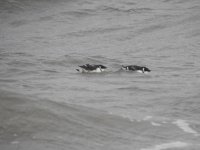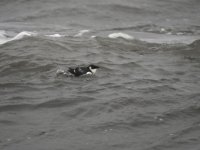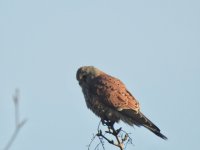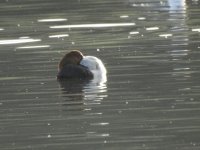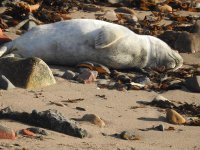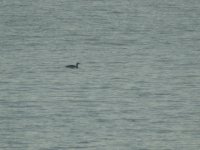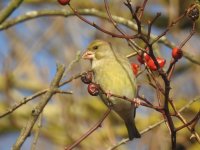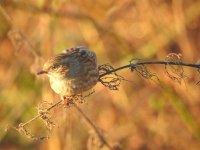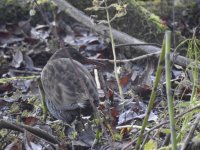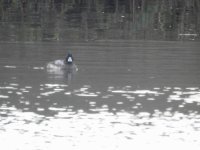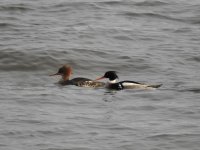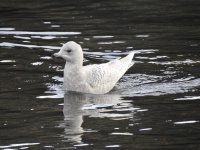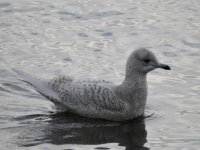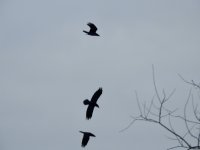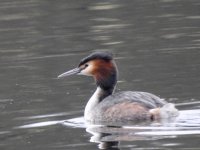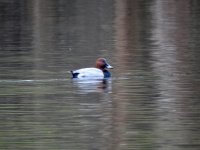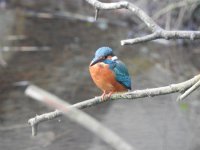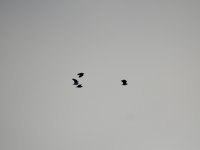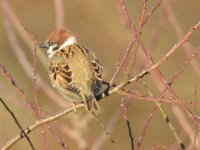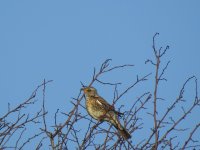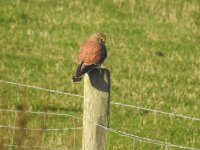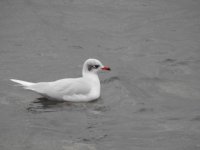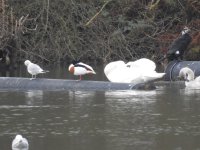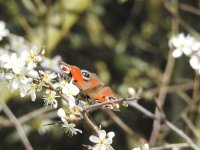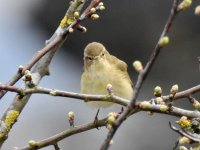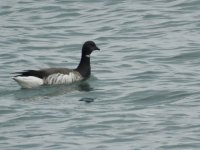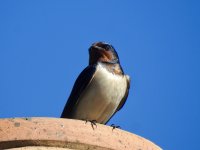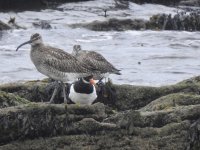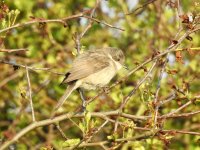During my forced three week hiatus away from the loch, I of course found changes when I returned yesterday. The most obvious change was the huge decrease in leaves on trees. On the bird front, things were a little quiet, but Tufted, Goldeneye and a Pochard were on the water, along with the regulars. A single juvenile Great Crested Grebe remains, and it has been joined by a fair few Little Grebe.
There was no sign of the Kingfisher that I saw before I left, but some good photos of it were taken by someone else when it appeared in front of the hide. Photos were also taken of a Water Rail that has moved into the scrub between the marsh and the loch, but there was work ongoing replacing the marsh wooden walkway when I arrived, so nothing was showing in that area due to the disturbance.
Winter thrush appear to have moved on, with only a single Redwing seen.
In regard to mammals, I found a Stoat that appeared out of, then disappeared into, the upturned roots of a large oak felled by last year's storms. A Grey Squirrel was also seen.
There was no sign of the Kingfisher that I saw before I left, but some good photos of it were taken by someone else when it appeared in front of the hide. Photos were also taken of a Water Rail that has moved into the scrub between the marsh and the loch, but there was work ongoing replacing the marsh wooden walkway when I arrived, so nothing was showing in that area due to the disturbance.
Winter thrush appear to have moved on, with only a single Redwing seen.
In regard to mammals, I found a Stoat that appeared out of, then disappeared into, the upturned roots of a large oak felled by last year's storms. A Grey Squirrel was also seen.




